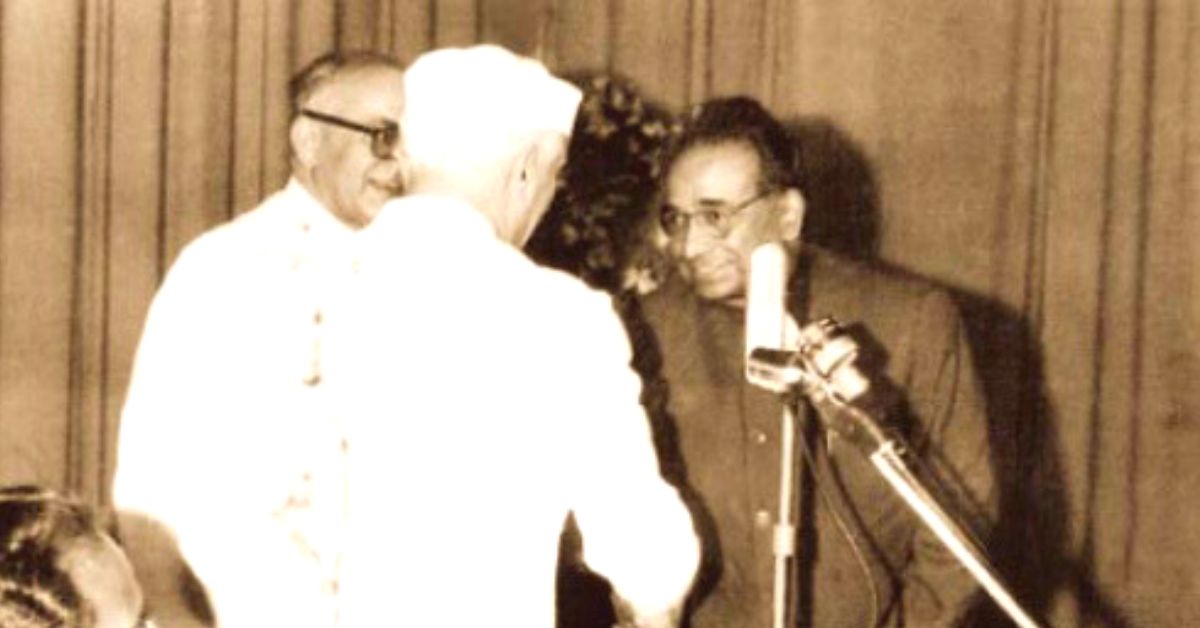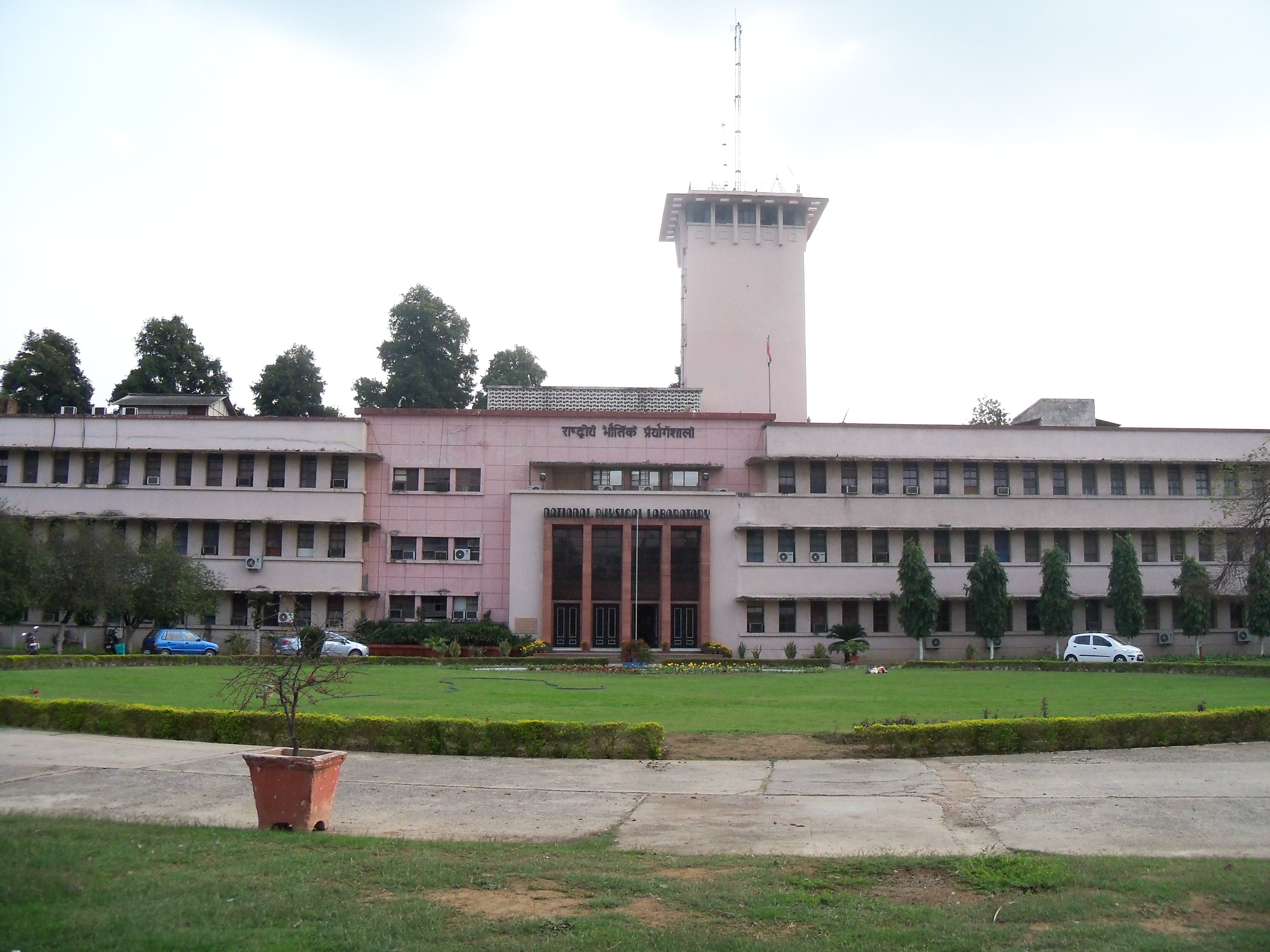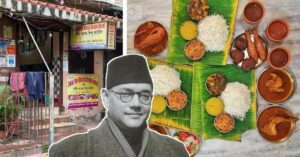This Unsung Scientist Laid The Foundation Of India’s National Physics Laboratory
“What is remarkable about Krishnan is not that he is a great scientist but something much more. He is a perfect citizen,” said PM Nehru about the physicist whose work helped Indian win in its first Nobel Prize in science! #History #ForgottenHeroes

“What is remarkable about Krishnan is not that he is a great scientist but something much more. He is a perfect citizen, a whole man with an integrated personality.”
Independent India’s first Prime Minister Jawaharlal Nehru could not have been more accurate in describing eminent physicist Kariamanickam Srinivasa Krishnan, also known as KS Krishnan.
Want inspire young minds and broaden their career options. Check out this set of 5 books that introduces them to the stories of a diverse set of role models from different disciplines, here.
Impressed by his remarkable contributions in the field of science, Nehru appointed him as the first director to run the National Physical Laboratory (NPL), India’s first national laboratory, which was set up in 1948.

Establishing the NPL was a pivotal step for the country that provides a platform where brilliant minds from India conduct research and make advancements in areas of physics.
From its research articles making it to the top-cited articles by international physicists, winning prestigious DST Lockheed Martin Innovation Award to being India’s official time-keeper, the research and innovation lab has multiple feathers in its cap today.
Early Life
Krishnan was born in Tamil Nadu’s Watrap village in 1898. His father, a farmer and scholar, was well-versed with religious works of literature, and thanks to him, Krishnan was exposed to the importance of education from a very early age.
His love for science bloomed when he was in Class 9, and he credits his teacher for instilling this in him.
“Even though my teacher was not a professional scientist, he was good at explaining science in a clear and captivating fashion. His lessons not only sunk deep into our mind but also made us crave for more science. Whether it is physics, geography or chemistry, his teaching style was unique. He did not simply reproduce the lessons from the book. He demonstrated many simple experiments for us and also encouraged us to do experiments ourselves. Very few teachers I know are of this type, and I feel fortunate to have had him as my first science teacher,” he said.
After passing out of school, he attended the American College in Madurai and the Madras Christian College and acquired a masters in physics.

In his book, ‘Journey Into Light: Life and Science of Raman,’ G Venkataraman writes,
“Krishnan took a master’s degree in physics, but the only opening then available to him was a Demonstrator in chemistry in Madras Christian College. During this period, Krishnan ran an informal but highly successful lunch-hour discussion on diverse topics in physics and chemistry, which soon began to attract participants from other colleges as well. One beneficiary later remarked that he had learned more physics from the lunch-break seminars than from regular classroom lectures.”
Krishnan’s career as a physicist started in earnest in 1920 when he collaborated with CV Raman at the Indian Association for the Cultivation of Science in Calcutta (Kolkata). In 1928, Raman along with his student Krishnan discovered ‘Raman effect’ which is the inelastic scattering of a photon by molecules which are excited to higher energy levels.
Krishnan describes his time with CV Raman as a “festive season in my science life.”
He then went to work as a Reader in the physics department at Dacca University (now in Bangladesh). There, he invented magnetic anisotropy of dia, an energy required to deflect the magnetic moment in a single crystal from the easy to the hard direction of magnetisation.
His work recognised internationally and was even published by The Royal Society of London.
From there, he moved to the Allahabad University in 1942 and worked there as a Professor and Head of the Department of Physics.
During his lifetime, Krishnan was strongly associated with the premier scientific and educational organisations like the Atomic Energy Commission, the Council of Scientific and Industrial Research and the University Grants Commission.
Besides science, he was interested in politics, and thanks to his father, had developed an enduring love of religion and Indian philosophies. He was also an avid reader and Stevenson, Arthur Conan Doyle, Victor Hugo and Shakespeare were some of his favourite authors.
For his extraordinary contributions to science and technology, Krishnan received several recognitions, accolades and awards in his lifetime.
In 1940, he was selected for the prestigious fellowship of the Royal Society. He was conferred with Padma Bhushan in 1954, and he was the first Indian to get the Bhatnagar Award in 1958.
Krishnan passed away in 1961, but the legacy that this great scientist, leader and a teacher has left behind, will forever remain alive in the minds of his disciples.
Also Read: Bishun Khare: The Forgotten Scientist Who Has a Crater on Pluto Named After Him!
(Edited by Gayatri Mishra)
Like this story? Or have something to share?
Write to us: [email protected]
Connect with us on Facebook and Twitter.

Similar Story

Netaji Bose’s Favourite Eatery Has Been Serving Traditional Delicacies for Over 100 Years
The Swadhin Bharat Hindu Hotel in Kolkata, started by Mangobindo Panda, is a century-old pice hotel where Indian freedom fighters like Netaji Subhas Chandra Bose would enjoy Bengali delicacies.
Read more >
If you found our stories insightful, informative, or even just enjoyable, we invite you to consider making a voluntary payment to support the work we do at The Better India. Your contribution helps us continue producing quality content that educates, inspires, and drives positive change.
Choose one of the payment options below for your contribution-
By paying for the stories you value, you directly contribute to sustaining our efforts focused on making a difference in the world. Together, let's ensure that impactful stories continue to be told and shared, enriching lives and communities alike.
Thank you for your support. Here are some frequently asked questions you might find helpful to know why you are contributing?


This story made me
-
97
-
121
-
89
-
167












